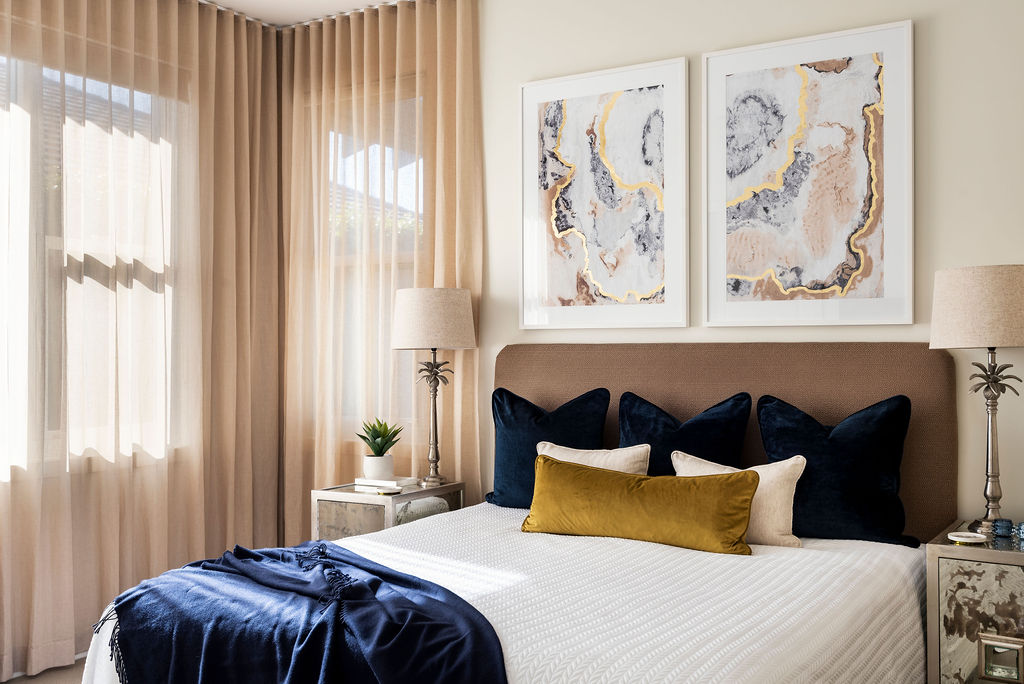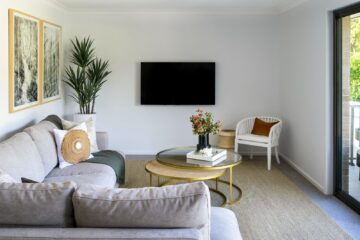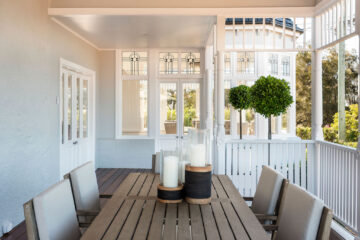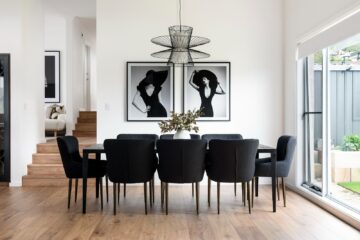Lighting is a crucial aspect of interior design that often goes overlooked. It has the power to transform a space, create ambience, highlight architectural features, and enhance functionality. Whether you’re revamping your home or designing a commercial space, understanding the role of lighting can make a significant difference. In this article, we’ll explore the power of lighting in interior design and how it can enhance both mood and functionality.
Creating Ambiance
One of the primary roles of lighting in interior design is to create ambience. Different lighting techniques can evoke specific moods and set the tone for a space. The warmth and intensity of light can make a room feel cozy and inviting, or it can create a bright and vibrant atmosphere. By strategically placing various light sources and adjusting their brightness, you can transform the mood of a room to suit its purpose.
For instance, soft, warm lighting with dimmers can create a relaxing ambience in bedrooms and living rooms, promoting rest and relaxation. In contrast, bright and well-distributed lighting is ideal for kitchens, workspaces, and areas that require task-oriented activities.
Highlighting Architectural Features
Well-designed lighting can emphasize the architectural features of a space, adding depth and visual interest. Whether it’s an exposed brick wall, a vaulted ceiling, or intricate moulding, lighting can draw attention to these elements and create a focal point. By using techniques such as uplighting, downlighting, and wall grazing, you can showcase the unique aspects of a room, making it visually captivating.
Additionally, accent lighting, such as spotlights or track lighting, can highlight artwork, sculptures, or other decorative pieces, adding an extra layer of sophistication and elegance to the interior design.
Enhancing Functionality
Lighting plays a crucial role in enhancing the functionality of a space. Each area within a room has different lighting requirements based on its purpose. Properly illuminating specific zones can make tasks easier, improve productivity, and increase safety.
In a kitchen, for example, under-cabinet lighting can provide direct task lighting for food preparation, while pendant lights above an island or dining table can create a focal point and facilitate social interactions. In an office setting, well-placed task lighting can reduce eye strain and improve concentration.
Moreover, integrating smart lighting systems allows for easy customization and control of lighting levels, colours, and even schedules. This technology enables users to adapt the lighting to their needs, creating a versatile and personalized environment.
Tips for Effective Lighting Design
To maximise the power of lighting in interior design, consider the following tips:
1. Layering: Combine different types of lighting, such as ambient, task, and accent lighting, to create depth and flexibility.
2. Natural Light: Incorporate natural light by maximising windows and using sheer curtains or blinds to control the amount of light entering the space.
3. Lighting Fixtures: Choose fixtures that complement the overall design style and enhance the visual appeal of the room.
4. Dimmers and Controls: Install dimmer switches and lighting controls to adjust the intensity and create different atmospheres according to the time of day or desired mood.
5. Energy Efficiency: Opt for energy-efficient lighting options, such as LED bulbs, to reduce energy consumption and environmental impact.
Conclusion
Lighting is a powerful tool that can transform the mood and functionality of any interior space. By understanding the role of lighting in interior design, you can create inviting, functional, and visually stunning environments. Whether you’re aiming to set a romantic atmosphere in your living room or boost productivity in your home office, the strategic use of lighting will help you achieve your desired outcomes. So, embrace the power of lighting and unlock the true potential of your space.




